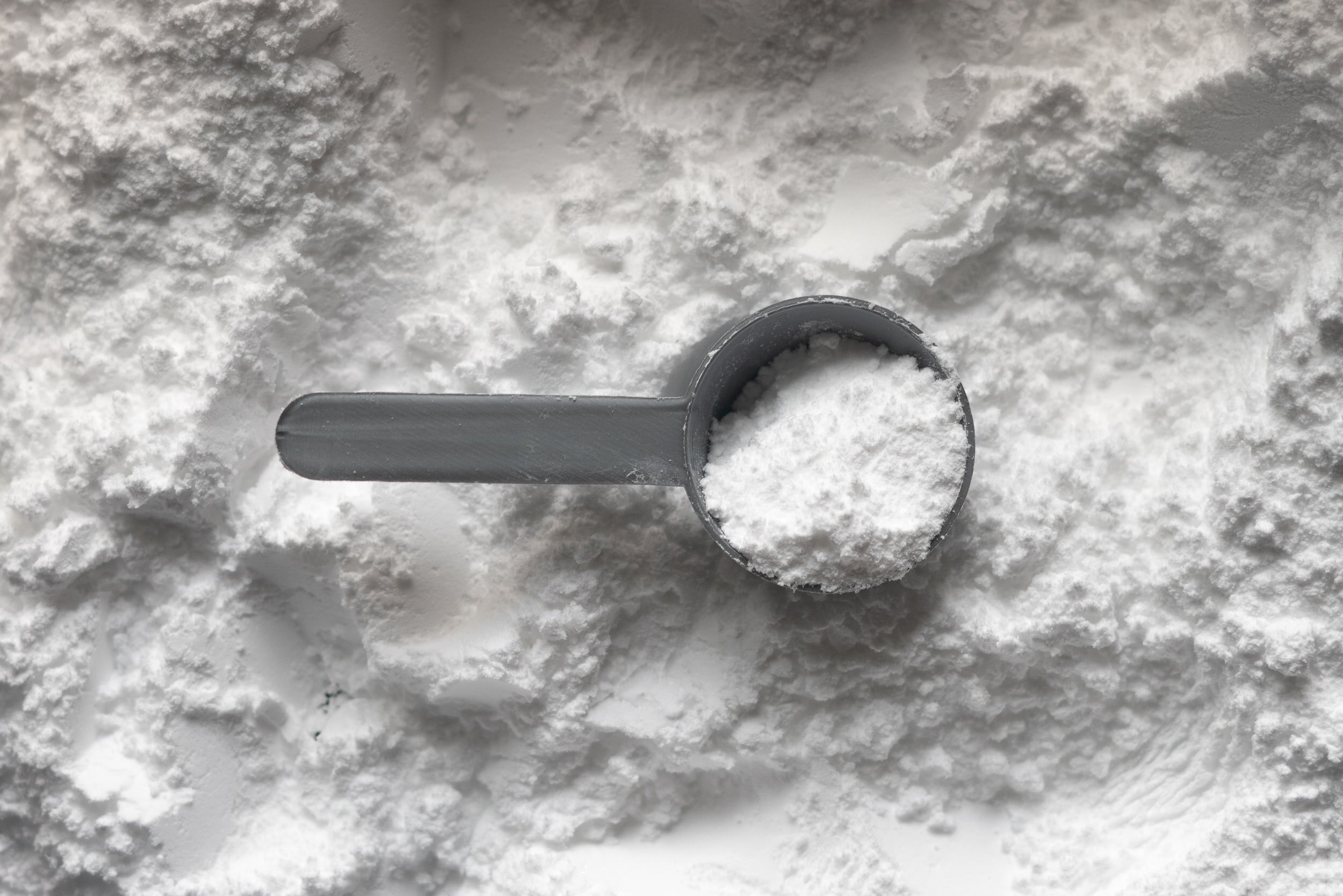What is creatine and what are it’s benefits and side effects.
What is creatine?
Creatine is naturally found in the body, and is created by the liver, pancreas and kidneys at a rate of 1-2g per day. Energy is created when a phosphate molecule is donated from a bond turning ATP (adenosine triphosphate) into ADP (adenosine diphosphate). This means that the more creatine we have in our bodies, the more potential ATP there is. In sports performance, this translates to power and speed in anything that requires rapid movements like weight lifting and sprinting rather than slow and steady movements like walking.
How do we get creatine
Because creatine is found in high amounts in animal protein (in particular red meat) those following a vegan or vegetarian diet have been shown to respond well to taking supplements.
So what does this look like in real life?
Lets say you can do 6 reps at a certain weight on a lift, creatine has the potential to increase that rep range by 1 to 2 depending on the athlete, and in sprints this means it can power an athlete in the first few seconds of a race giving you that extra force to move at a greater speed.
Interested in seeing what it can do to your performance?
The most commonly used and studied form of creatine is Creatine monohydrate. Regular use has been proven to increase muscle synthesis and glycogen storage. Personally for me, it’s been a game changer, and take it from me, as a ‘hard gainer’ this was everything. Although research suggests that about 20% of the population are “non responders”, due to their already high rate of consumption through whole foods. Most people however, who want to see an improvement in sports performance can still benefit from taking supplements.
Too good to be true?
The only currently known side effect to creatine use is its potential to cause weight gain, but don’t worry, this is only water weight as it shuttles water into our cells. This ‘volumising’ of a cell however, can help to create protein synthesis and glycogen storage. Current studies have also found that longterm use does not have any adverse effects but should you wish to supplement, you can cycle creatine use, taking breaks every 12-16 weeks for around 4 weeks before your next load.
So how do you take it?
Common practices involve a ‘loading phase’ in which an athlete takes up to 20g of creatine daily in the first 5-7 days, followed by a daily dose of 3-5g after that. Is it not necessary to do a loading phase, it is perfectly fine to take creatine following a normally daily dose.
So you think you want to try taking it to see if it makes a difference in your training? Give a go and let me know how it goes for you.



